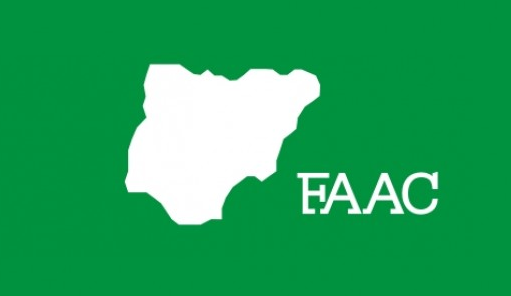Benue, Yobe and Adamawa States have emerged as the most dependent on monthly allocations from the Federation Account Allocation Committee (FAAC) in 2024, according to new revenue performance figures.
The report shows that Benue derived 95.2 per cent of its total earnings from FAAC disbursements, Yobe 95.1 per cent, and Adamawa 90.2 per cent in the year under review, according to a recent report that was released by Agora Policy.
The list of most FAAC-dependent states included three from the North-East, three from the North-West, and one each from the South-East, South-West, South-South and North-Central zones.
Gombe State with 91.7 percent reliance on FAAC allocation also falls within the category of states that cannot run or survive without the monthly federal allocation.
Akwa-Ibom is the state that depends more on FAAC allocation in the oil rich delta righion. It is 93.4 percent reliant on FAAC allocation. Despite its rich natural resources, the South-South region is suffering from lack of industries that drive non-oil component of the economy due to years of militancy and inyer-tribal crisis that forced most of the companies to relocate to safer heavens.
The report also showed that three states in the North-west: Jigawa, 91.7 percent; Katsina, 91.4 percent; and Kebbi, 91.4 percent are also poor in internal revenue generation to drive their economies, buttressing the fact that most states in the country are not actually viable enough to fund their expenses without federal allocation.
In that same regard, Ondo State is 90.4 percent dependent on federal allocation while Imo State is 93 percent reliant on the federation allocation.
In 2024, the 36 states earned a total of ₦13.39 trillion, exceeding their ₦12.76 trillion revenue target by 4.9 per cent. Of this amount, ₦10.12 trillion or 75.6 per cent came from FAAC, while ₦3.26 trillion or 24.4 per cent was generated internally.
The figures indicate that most states still rely heavily on federal allocations for funding, despite repeated calls for improved internally generated revenue (IGR).
27 states failed to meet their IGR targets, while only nine surpassed them. Lagos and Rivers led the IGR chart with ₦1.31 trillion and ₦345 billion respectively, while Benue and Yobe recorded the lowest IGR.
Regional breakdown shows that the South-South received the highest FAAC allocation in 2024 at ₦3.5 trillion, while the South-West generated the highest IGR at ₦1.7 trillion. The North-East posted the lowest IGR at ₦124.5 billion and, in some cases, received less FAAC than budgeted.
On budget performance, 18 states received more FAAC revenue than planned — 12 from the South and six from the North. Delta received the highest FAAC windfall, amounting to 209 per cent of its budget (₦1.18 trillion), while Lagos also exceeded its target. In contrast, Kano had an 84 per cent revenue shortfall and Bayelsa 55 per cent.
Only 14 states met or exceeded their total revenue targets. These were Delta, Rivers, Akwa Ibom, Edo, Abia, Imo, Anambra, Lagos, Osun, Ondo, Kaduna, Katsina, Jigawa and Gombe.
The report also shows sharp contrasts in fiscal capacity. Lagos generated 63.6 per cent of its revenue internally, while Benue and Yobe relied on FAAC for over 95 percent of their income.
Analysts have warned that such dependence leaves many states vulnerable to oil price shocks and federal revenue fluctuations, given that FAAC allocations are largely funded from oil earnings.
























